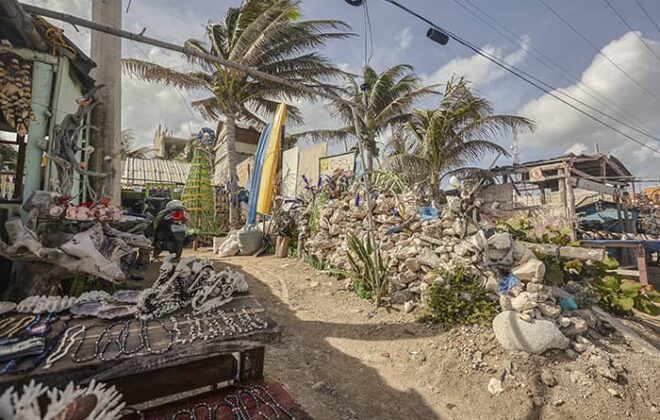Long Beach, CA ranked one of the most walkable cities in the U.S. in 2020
LONG BEACH, CA — There are many benefits to living in a walkable community — walking or biking is more affordable than owning a car, it’s better for your health, and it’s ultimately kinder to the environment.
Some cities, however, rise above the rest when it comes to walkability. Walk Score, a company of real estate website Redfin, released on Monday its list of most walkable cities in the U.S. Included with the ranking is a database that scores the walkability of communities throughout the country.
According to Walk Score, Long Beach has an overall walkability score of 72, meaning most errands can be accomplished on foot.
Walk Score also includes a city’s most walkable neighborhoods. In Long Beach, the most walkable neighborhoods are Franklin School, Saint Mary, Downtown, Eastside and Belmont Shore.
For comparison, the top-ranked walkable city was New York City with a score of 88.3.
According to the list, cities where daily errands do not require a car score 90 points and above; a score of 70 to 89 points means most errands can be accomplished on foot, and a score of 50 to 69 indicates that some errands can be completed on foot.
Long Beach also received a transit score of 52 and a bike score of 69.
In addition to New York City, San Francisco and Boston are ranked as the most walkable cities in the U.S. in 2020, receiving scores of 87.4 and 82, respectively.
Those three cities — along with Philadelphia, Miami, Chicago, Washington, D.C., Seattle, and Oakland, California — have reigned as the nine most walkable in the U.S. for the last five years. Long Beach, California, has been No. 10 since it overtook Baltimore in 2016.
Oakland, Long Beach, Portland, Oregon, and Omaha, which each picked up around two points, had the biggest walkability score increase since 2017.
To determine the most walkable cities, Walk Score measures the walkability of any address by analyzing hundreds of walking routes to nearby amenities.
Points are awarded based on the distance to amenities in each category. Walk Score also measures pedestrian friendliness by analyzing population density and road metrics such as block length and intersection density.




